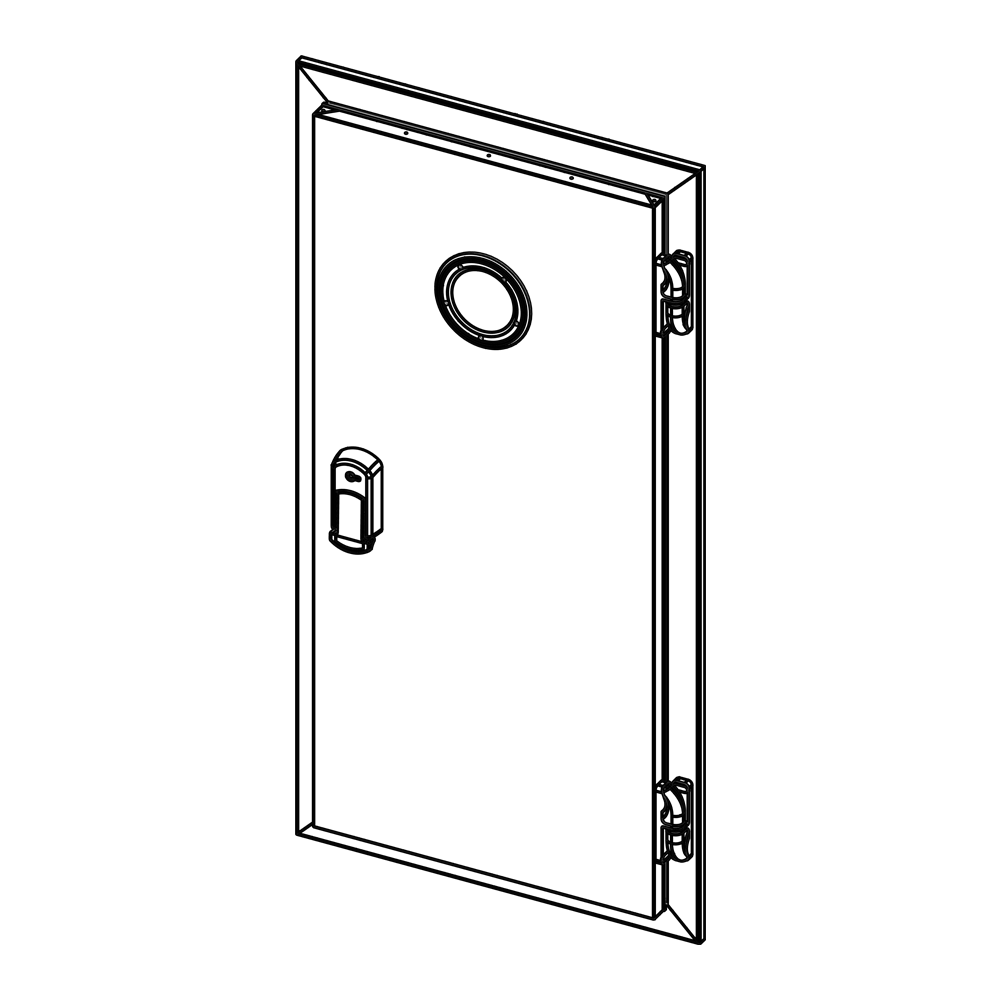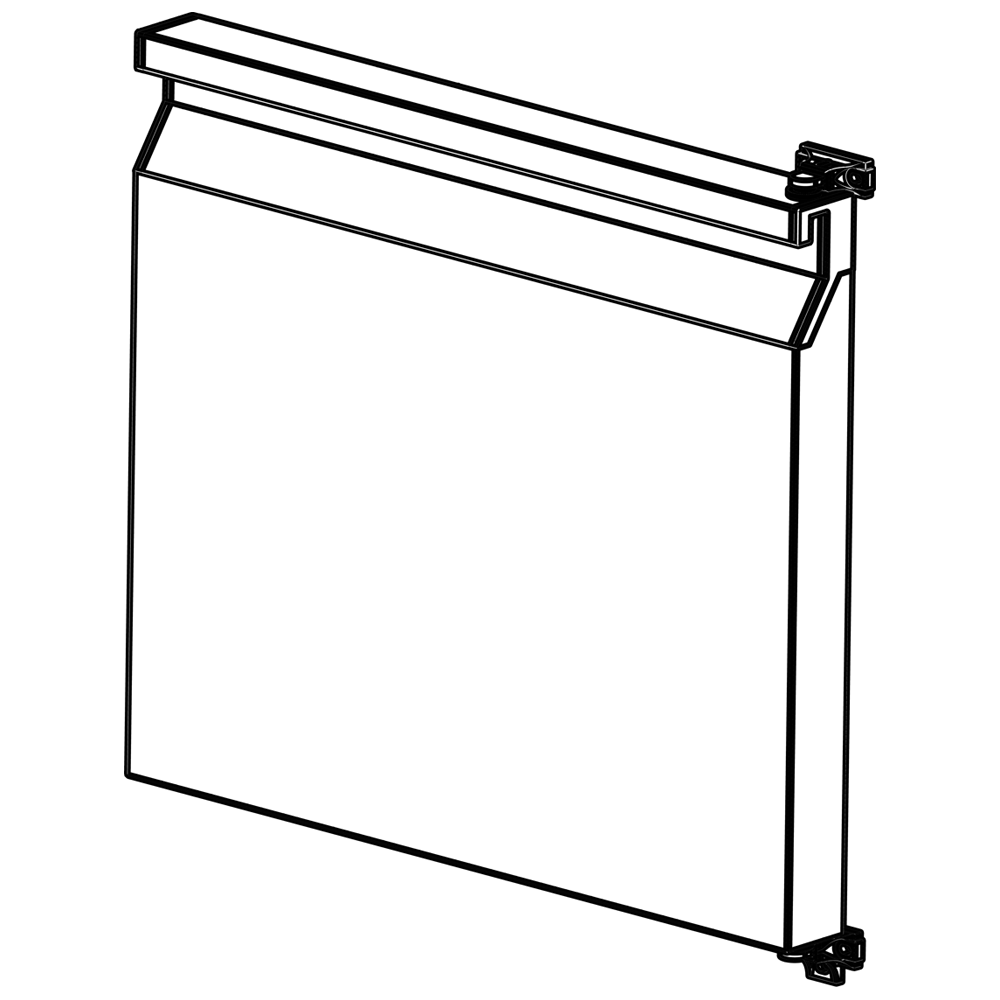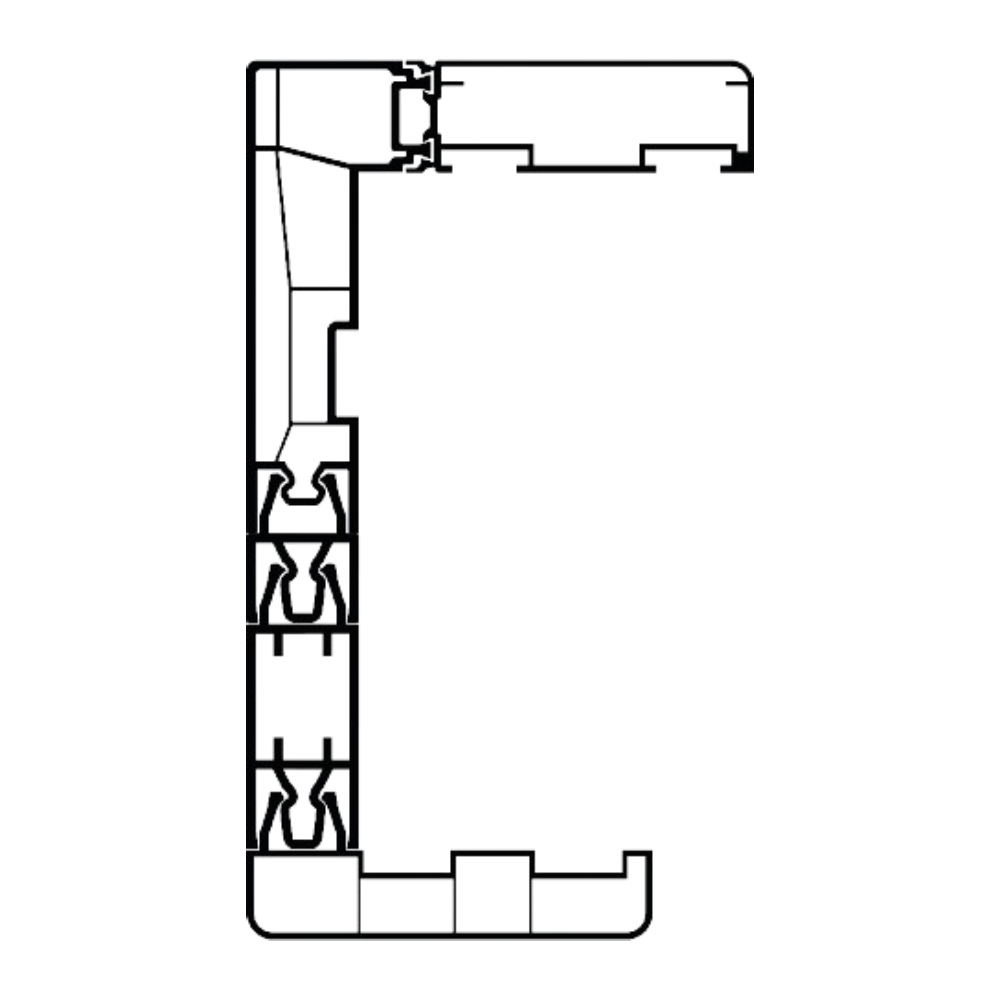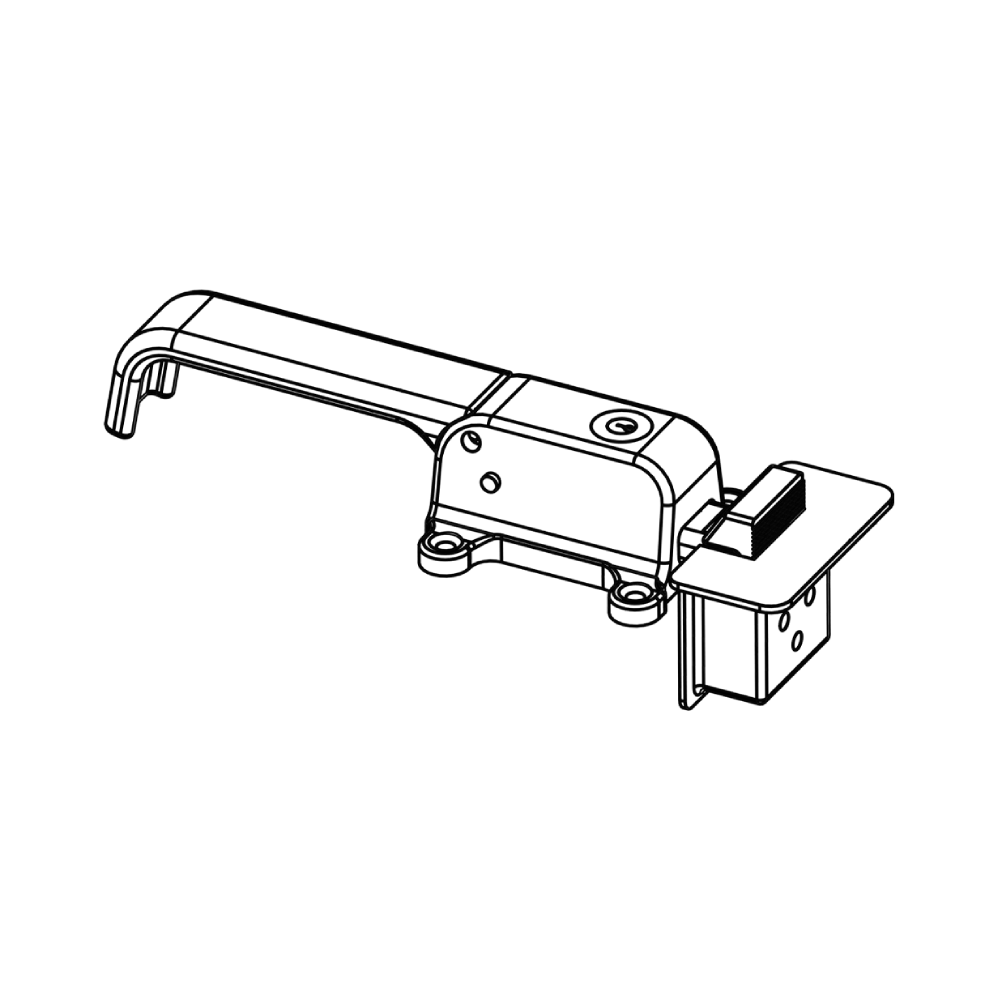Cold Room Door Profiles
Cold Room Door Profiles Explained
Cold room door profiles are structural components, typically made from aluminum, PVC, or other materials, designed to form the frame and casing of doors used in cold storage facilities, industrial refrigeration systems, and similar environments. These profiles are engineered to support both the aesthetic and functional aspects of the doors. The primary purpose of cold rooms is to maintain stable temperature and humidity levels to prevent product spoilage. Door profiles play a critical role in ensuring energy efficiency, airtightness, and durability.
Cold room door profiles are generally made from highly durable materials like aluminum or PVC, which are resistant to low temperatures, moisture, and corrosion. They are used in conjunction with accessories that facilitate smooth opening and closing of doors and are designed to be compatible with panels of varying thicknesses. For instance, profiles can be manufactured to suit door panel thicknesses ranging from 60 mm to 150 mm.
Features of Cold Room Door Profiles
Cold room door profiles are crafted through specialized design and production processes to deliver high performance. Here are their key features:
- Thermal Insulation: These profiles are typically designed with thermal barriers to prevent the escape of cold air from the cold room and the ingress of external heat. Air-channeled seals and thermally insulated frame profiles minimize energy loss.
- Durability: Materials like aluminum or PVC are corrosion-resistant and suitable for long-term use. Stainless steel coatings are also used in some models.
- Airtightness: Door profiles are equipped with specialized seals and accessories to ensure an airtight seal, enhancing energy efficiency and preventing issues like condensation.
- Flexibility: Designed to accommodate various door types (sliding, hinged, service doors) and panel thicknesses, making integration into different cold room types seamless.
- Easy Installation: Profiles are installed quickly and securely using specialized connectors, reducing installation time and simplifying maintenance.
Applications
Cold room door profiles are used across a wide range of industries. Key applications include:
- Food Storage: Cold storage rooms, frozen storage, and blast freezing rooms require low temperatures to keep food fresh. Door profiles ensure airtightness and insulation in these environments.
- Pharmaceutical and Chemical Industries: Sensitive products like medicines, vaccines, and chemicals must be stored at specific temperatures. Cold room door profiles provide reliable insulation in such settings.
- Logistics and Warehousing: In cold chain logistics, products must be kept at appropriate temperatures during transport and storage. Cold room doors and profiles are widely used in logistics facilities.
- Industrial Kitchens: Restaurants, hotels, and catering services often use cold rooms in their industrial kitchens. Door profiles ensure hygiene and energy efficiency in these areas.
Advantages of Cold Room Door Profiles
Cold room door profiles offer numerous benefits for both businesses and users:
- Energy Savings: High insulation capacity reduces energy loss, lowering operating costs.
- Long Lifespan: Made from durable materials, profiles withstand harsh conditions for many years.
- Hygiene: Especially in the food and pharmaceutical sectors, the smooth surfaces of profiles are easy to clean and meet hygiene standards.
- Aesthetics: Modern-designed profiles enhance the professional appearance of cold rooms.
- Customization: Available in various colors, sizes, and materials, profiles can be tailored to specific project requirements.
Production Process and Material Selection
The production of cold room door profiles requires precise engineering and quality control. The process typically involves the following steps:
- Design and Planning: Profile designs are created based on project requirements, considering door thickness, insulation needs, and intended use.
- Material Selection: Materials like aluminum, PVC, or stainless steel are chosen. Aluminum is often preferred for its lightweight and corrosion-resistant properties.
- Production: Profiles are shaped using extrusion or molding techniques. Air channels and seals are integrated for thermal insulation.
- Surface Treatment: Profiles are coated or painted to protect against corrosion and enhance aesthetics. Polyester-painted or PVC-coated galvanized steel is commonly used.
- Quality Control: Manufactured profiles are tested for compliance with international standards, including airtightness, thermal insulation, and durability.
Material selection varies depending on the profile’s intended use. For example, aluminum profiles offer lightweight durability, while PVC profiles provide a cost-effective alternative.
Types of Cold Room Door Profiles
Cold room door profiles vary based on door types and specific needs:
- Sliding Door Profiles: Designed for large cold rooms, these include specialized rails and profiles to ensure smooth movement and airtightness.
- Hinged Door Profiles: Used in smaller cold rooms, these profiles are simpler to install.
- Service Door Profiles: Lightweight and durable profiles are preferred for service doors in industrial kitchens or retail settings.
- Vacuum Door Profiles: Designed for doors with vacuum systems, these profiles provide superior airtightness.
Installation and Maintenance Tips
Proper installation of cold room door profiles is crucial for long-term, efficient use. Here are some tips:
- Accurate Measurements: Door and panel dimensions must be considered during profile selection to avoid airtightness issues.
- Professional Installation: Installation should be carried out by expert teams using specialized connectors to secure profiles to panels.
- Regular Maintenance: Profile seals and surfaces should be regularly inspected and cleaned of dirt and dust to maintain hygiene and performance.
- Accessory Checks: Door handles, rails, and seals should be routinely inspected and replaced if necessary.
Cold Room Door Profile Manufacturers in Turkey
Turkey is a significant hub for cold room door profile production. İmamoğlu Soğutma manufactures profiles that meet international standards. This company produces aluminum and PVC door frame profiles with a wide product range. It also offers customized solutions and catalogs. Operating in both local and international markets, the company provides product catalogs translated into multiple languages.
Future Trends and Innovations
Cold room door profiles are evolving with technological advancements. The following trends are expected to gain prominence:
- Smart Profiles: Sensor-equipped profiles could automate door opening and closing, improving energy efficiency.
- Eco-Friendly Materials: The use of recyclable aluminum and PVC will support sustainability goals.
- Advanced Insulation Technologies: Next-generation thermal barriers and seals could further enhance energy efficiency.
Cold room door profiles are an indispensable component of industrial refrigeration systems. With advantages like energy efficiency, durability, and hygiene, they play a critical role in industries such as food, pharmaceuticals, and logistics. Proper material selection, professional installation, and regular maintenance maximize the performance of these profiles. Manufacturers in Turkey offer high-quality, customizable solutions, positioning the country as a leader in this field. Cold room door profiles continue to evolve to meet the refrigeration needs of today and tomorrow.








